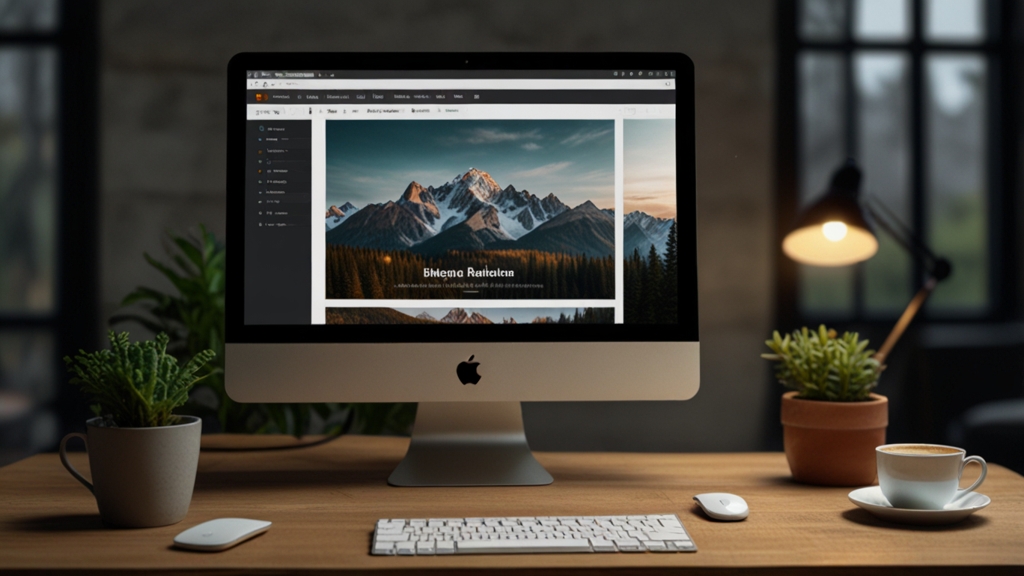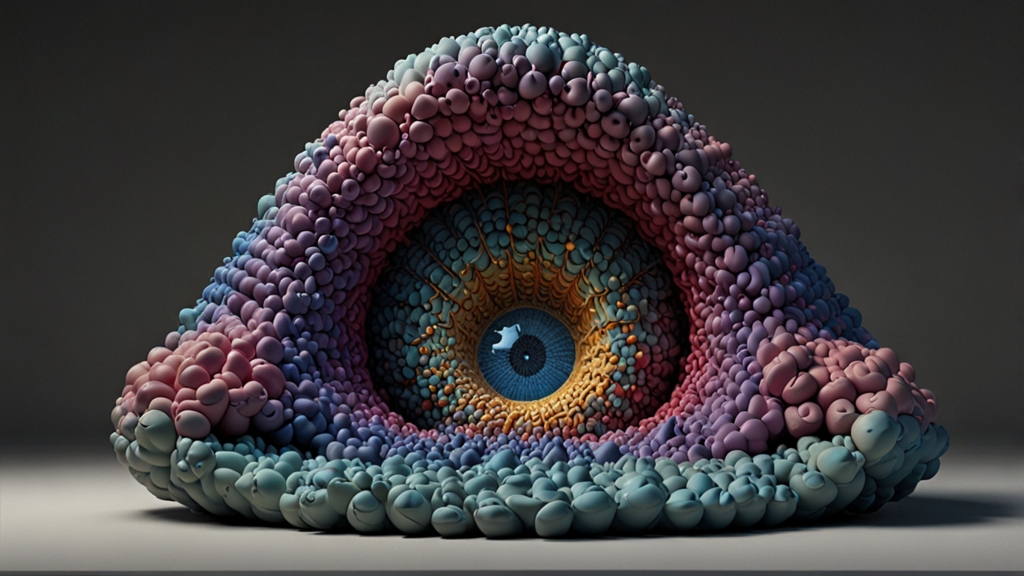How Visual Design Impacts Web Development Success
In the digital age, websites have become crucial touchpoints for businesses and individuals alike. The success of a website hinges on various factors, but visual design stands out as a primary determinant. A well-crafted visual design enhances user experience, aids in communication, and ultimately drives engagement and conversions. This article explores the pivotal role visual design plays in web development success.
User Engagement and Retention
First impressions matter. When users land on a website, the visual design is the first thing they notice. A compelling design grabs attention and encourages users to explore further. In contrast, a poorly designed website can lead to high bounce rates, as users are likely to leave within seconds if the site appears outdated or cluttered.
“Good design is obvious. Great design is transparent.” – Joe Sparano
Visual design influences user engagement through elements such as color schemes, typography, and imagery. Using colors effectively can evoke emotions and set the tone for the website. Fonts need to be readable and align with the brand’s personality, while high-quality images can effectively communicate messages that text alone may fail to convey.
Usability and Navigation
Beyond aesthetics, visual design significantly impacts usability and navigation. A well-structured layout with clear visual hierarchies guides users intuitively through the website. This makes it easier for them to find information, complete tasks, and achieve their goals.
Design elements such as buttons, icons, and menus must be intuitive and consistent. Consistency in design helps in reducing the learning curve, making it easier for users to navigate the site. An effective visual design minimizes cognitive load, allowing users to focus on the content rather than figuring out how to use the site.
“Design is not just what it looks like and feels like. Design is how it works.” – Steve Jobs
Brand Identity and Trust
A cohesive visual design aligns with the brand’s identity and strengthens its presence. Consistent use of colors, logos, and typography builds brand recognition and trust. A professional and polished design conveys reliability and competence, which is crucial for establishing trust with visitors.
Trust is further reinforced by ensuring the website’s design is responsive and accessible. In today’s multi-device world, a responsive design ensures a seamless experience across desktops, tablets, and smartphones. Accessibility considerations, such as proper contrast ratios and alt text for images, ensure that the website is usable by people with disabilities, enhancing inclusivity.
SEO and Performance
Visual design also intersects with search engine optimization (SEO) and website performance. Search engines prioritize user experience, and a well-designed site often performs better in search rankings. Clean and efficient code, along with optimized images, contributes to faster loading times—a critical factor for both user retention and search engine ranking.
Additionally, a visually engaging design can reduce bounce rates and increase the time users spend on the site, further indicating to search engines that the site offers valuable content.
Conclusion
Visual design is more than just an aesthetic aspect of web development; it is a fundamental component that shapes user experience, navigation, brand identity, and overall website performance. Investing in good visual design can lead to higher user engagement, improved usability, increased trust, and better SEO outcomes, all of which contribute to the success of a website.
Ultimately, for web development to be successful, it must integrate strong visual design principles that resonate with users and achieve the website’s objectives. As the saying goes, "Design is intelligence made visible," and in the realm of web development, this intelligence is key to unlocking online success.








